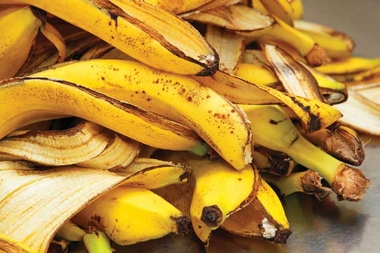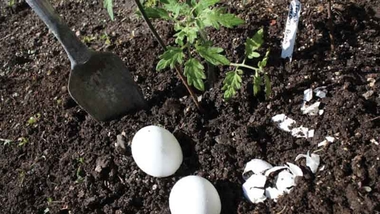Gayly Gardeners: Fall gardening

by David Womack
The Gayly Gardener
Fall season is just around the corner and many of us Gayly Gardeners are preparing our garden plots. Some gardeners are dedicated year around while others might be season gardeners. All those who garden develop an appreciation and desire for fresh home grown produce.
Some of the best quality vegetables are produced and harvested during the fall season when warm, sunny days are followed by cool humid nights. When considering these climate conditions, the soil’s metabolism is low; therefore, additional food produced by the plant will achieve a greater yield at harvest.
When scheduling your planting season, post notes from your last season’s efforts on your garden activities board. Your planting season depends on the length of time required to grow the crop. Obtain seeds and starter plants and prepare the garden plot for planting in the months of June, July, August and September.
Supplemental water is a key factor to aid in the germination of seeds and establishing your starter plants’ growth. It’s understandable that some gardeners may have a limited supply of water available. With these conditions, many gardeners result to the use of drip irrigation systems.
The gardener’s ability to grow plants is influenced by improving the soil prior to and during the gardening season. There are a variety of plant food supplements, soil enhancers and various fertilizers that you can easily apply. Your soil should absorb water readily, not form a crust upon drying and drain sufficiently so that the soil doesn’t become waterlogged.
The soil must contain a supply of water and available nutrients. Soil that produced a spring crop will be easily managed by keeping the grasses and weeds at bay. Additional fertilizers may be mixed in the soil prior to planting or applied by broadcasting on the soil surface.

Fall garden suggestions:
• Seeds left over from planting the spring garden may be used in the fall garden if the seed is stored in a cool, dry location or in your fridge or freezer.
• Seeds that are stored in the freezer properly should remain viable for many years. Immediately following planting, return the excess seeds to the freezer.
• To get early establishment growth, supplemental irrigation is desirable. Most vegetable crops will benefit from it. This technique allows an efficient method of irrigation.
• Conserve on water usage; water only the furrow rows and plant rings. Allow the rainfall collection system to help with the general watering.
• For all the D.I.Y gardeners, use some type of irrigation controllers.
• Soak seeds overnight for planting (except beans and peas). This will hasten germination and seedling emergence when soil drying is most critical to plant growth.
• Cover your seed rows to reduce soil temperatures and drying.
Veggies for the fall garden:

Many of you gardeners had a spring garden; a few of those vegetables are still producing a harvest. Prune them back to reduce their size and to stimulate growth. They should also be fertilized, watered and mulched. Mulch your garden soil and/or cultivate when the grasses and weeds reappear.
Keep in mind that there are other forces at work in your garden; the pests, weird looking beetles, crawly kinds of fuzzy worms and those that hop around. Some of the insects that live within your garden environment are beneficial and some are downright destructive.
Frequent checks of your plants will minimize pest populations; act on incorporating protective solutions to be effective. Determining these types of pests will help you keep the ones you need in and the bad ones out.
August and September are two good months to start planting by seed and starter plants; beans, cool season herbs, sweet corn, summer squash, the lettuce family, along with broccoli and cauliflower. And, let’s not forget the “Great Pumpkin” patches we see everywhere.
As you explore the variety of vegetables that have great possibilities for this season and the next, you can really reap the rewards of your garden’s harvest.
A special thanks to the Oklahoma State University extension offices for their fact sheet references on fall gardening. Other related information can be found on their website at www.osufacts.okstate.edu.
Copyright 2017 The Gayly – September 8, 2017 @ 10 a.m. CDT.





